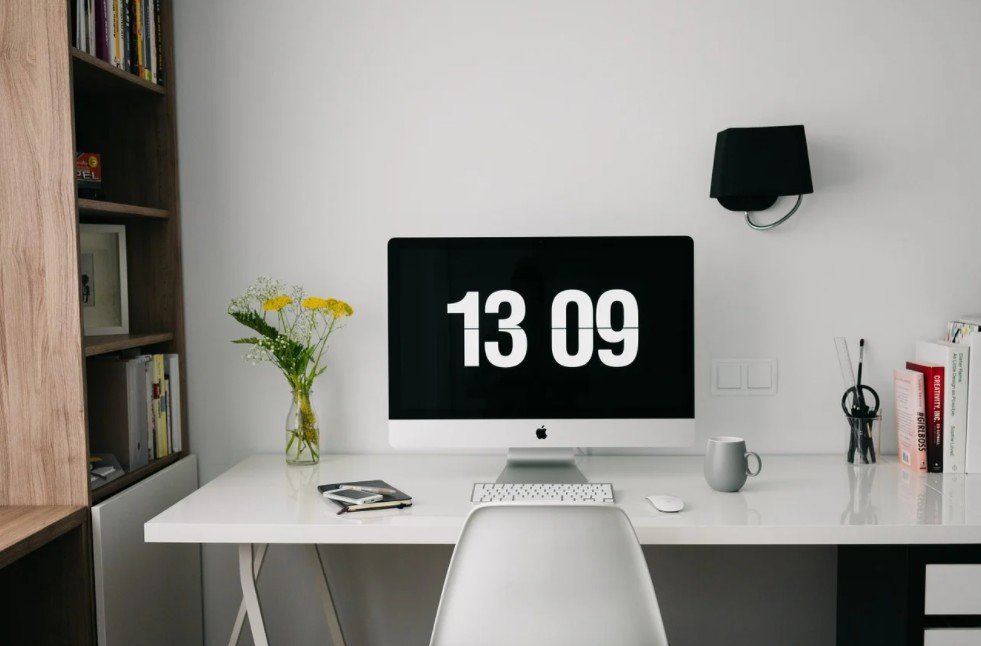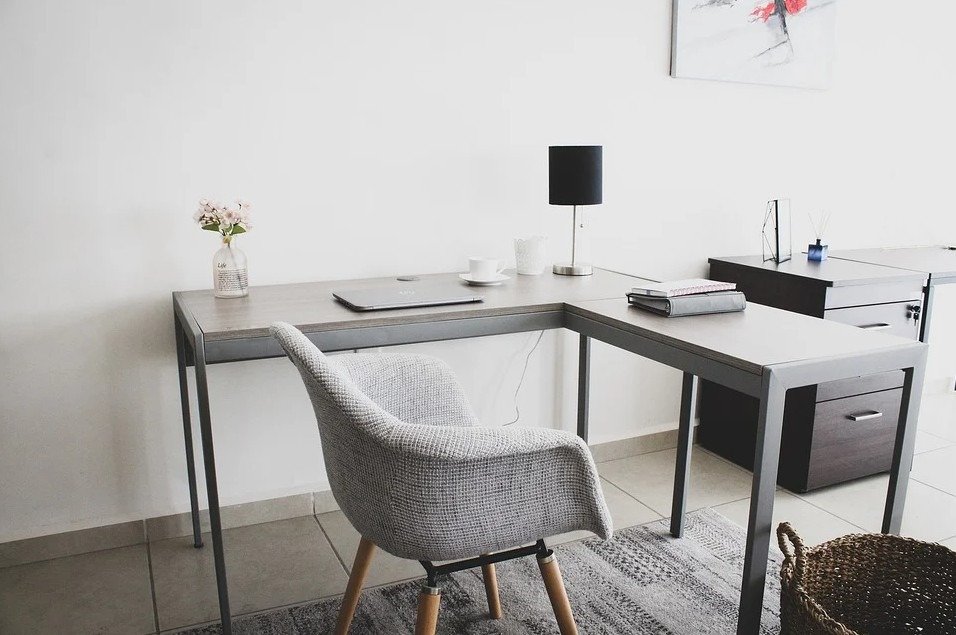Whether you manage your own business from home or have recently shifted into a remote setup, you probably experienced multiple distractions and felt more unproductive than working in the actual office.
True, there are some benefits to working from home – no travel time, less unnecessary expenses, and the comfort of working in your flip flops and pajamas. However, there can be distractions and discomforts. Your kids won’t give you working time, your place is not conducive for formal meetings, or your new workplace causes more fatigue.
Why don’t you try an ergonomic workspace at your home?
What is an ergonomic workspace?
Ergonomic workspaces, whether in office or at your home, are designed to adapt to the workers’ functions fully. These workspaces are flexible, supportive, and designed to promote wellbeing and productivity.
When we hear the word ergonomic, we often think about comfy chairs on wheels. But did you know that there are different types of ergonomics?
Ergonomic designs have range factors that make a good workspace. These factors include cognitive (reducing stress and increasing human interaction), physical; (proper sitting and standing postures), and environment (ample light and sound).
What makes a good workspace?
Workspaces heavily rely on furniture to carry out tasks. Therefore, one should invest in ergonomic furniture as they create the best possible working conditions. Ergonomic future increases motivation boosts productivity, and lowers the risk of a work-related injury.
When buying furniture, look for something light, portable, and visually uncluttered. You would not want to invest in a chair that looks like an iron throne, right?
Meanwhile, workspace acoustics are also an essential aspect of good ergonomic design. Unnecessary noise affects concentration and communication. As a solution, you can try checking out acoustic screens and wall tiles to reduce noise levels. Light also plays an essential role in productivity because it keeps you alert and relaxes your eyes. Natural light is also good. They influence our body’s natural circadian rhythms that control the stress-busting hormones.
How to design an ergonomic workspace?
You need to consider three factors when designing an ergonomic workspace – layout, movement, and wellbeing.
Layout – Where do you want to place your workspace and how separated it should be from your personal space? It would be best if you aimed to create an environment that limits distraction from your personal life. How you layout your workspace affects your productivity. Try to make one that encourages creativity and critical thinking.
Movement – Design a workspace that allows you to move whether you stretch a little or take a short nap. Instead of working on your desk for the whole day, you should allow yourself to move and change positions during breaks.
Wellbeing – Ergonomic workspaces offer solutions to work-related fatigue. They should be designed to reduce physical stress whenever you work for an extended period. Here are some of the ergonomic devices you should consider:
Chair
An ergonomic chair supports your spinal curves. It should also be adjustable so that you can rest your feet flat on the floor. Most ergonomic chairs come with armrests. Adjust them properly so your shoulders will be relaxed. Use a footrest if your chair is too high for your feet to rest.
Keyboard and mouse
Place your mouse and keyboard on the same surface and within easy reach. Remember to keep your wrists straight and your hands at or slightly below your elbows’ level while using them. Learn about keyboard shortcuts to reduce extended mouse use. If you can, alternate the hand you use in hovering the mouse by transferring it to the other side.
Desk
Under your table, make sure that you have ample space for your knees, thighs, and feet. If the desk can’t be adjusted and too low, place some blocks under the desk legs. Please make sure they are sturdy. If otherwise, your desk is too high, try raising your chair. Use a footrest if needed. If your desk is hard and rough, try to use a wrist rest. Avoid storing objects under your desks.
Monitor
The distance between you and your monitor should have a distance at an arm’s length. The screen’s top should be at your eye level. Place your monitor in a way that the brightest light source, say a window, is on the side.


